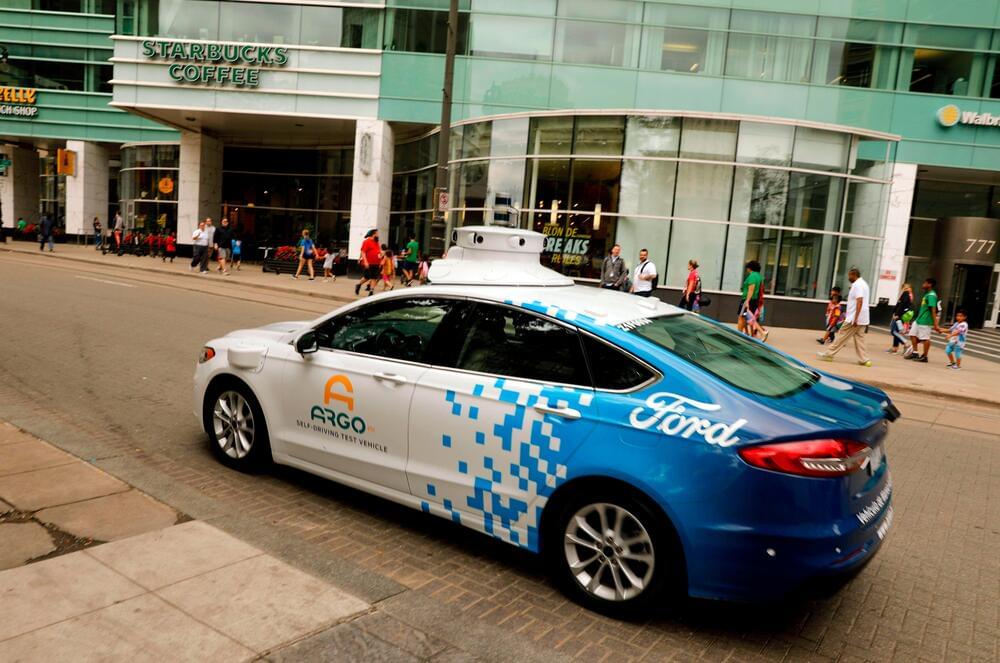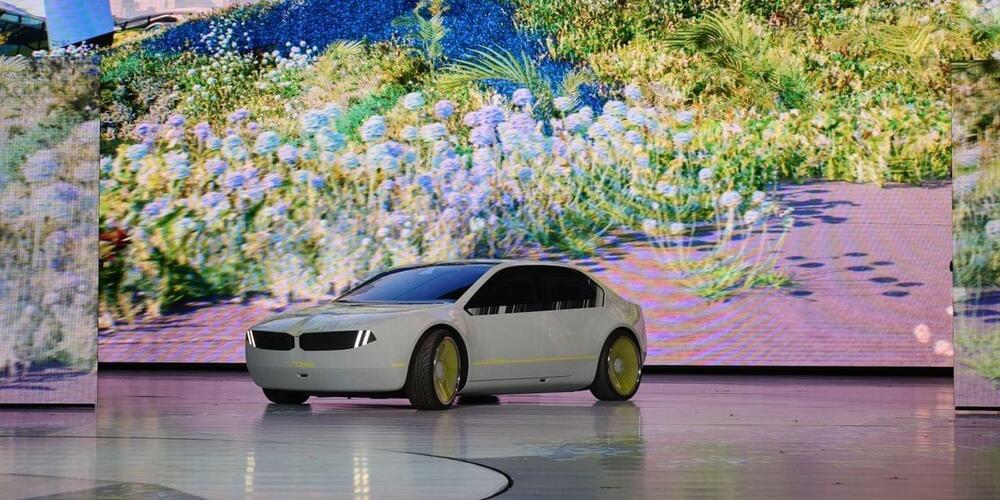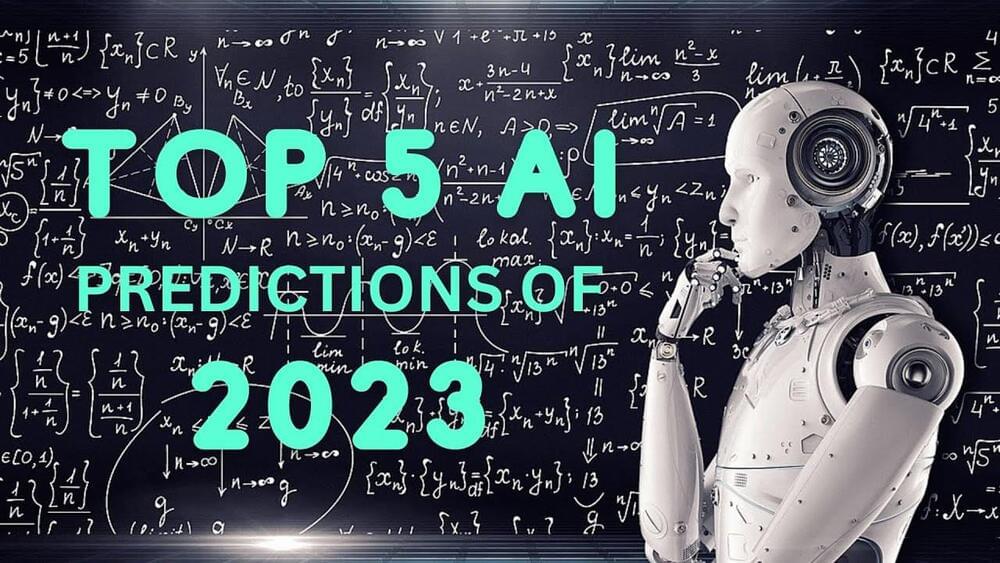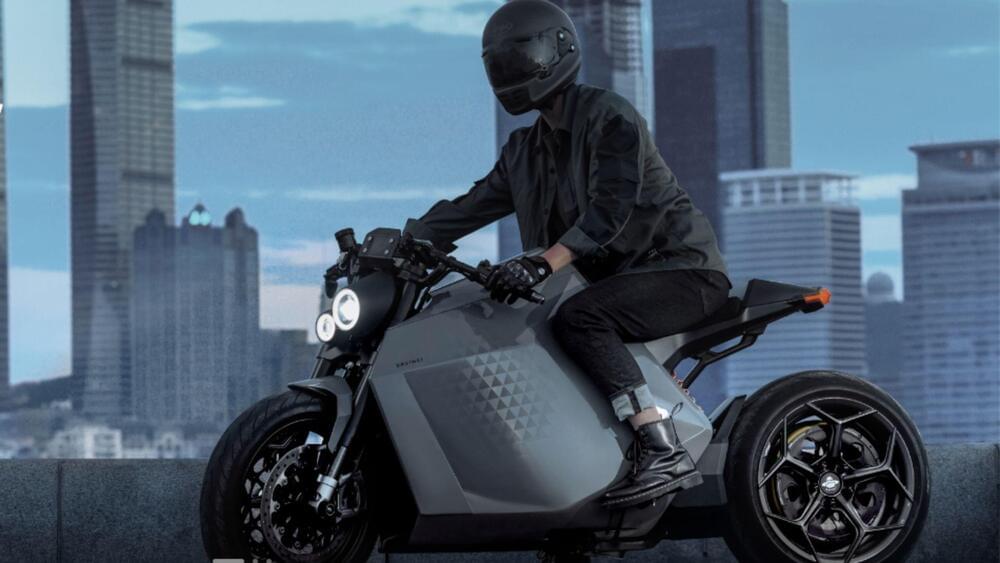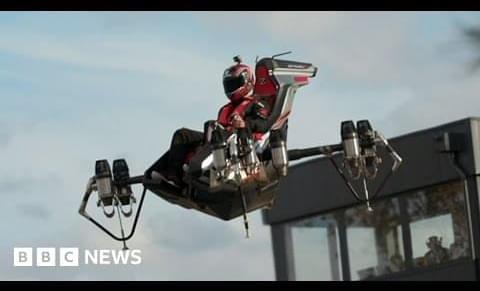Jan 9, 2023
Top Self-Driving Car Stories Of 2022 In Review
Posted by Gemechu Taye in categories: finance, robotics/AI, transportation
As we enter 2023, these were the big stories in self-driving cars for 2022. You an also check out my summary of early 2022 for more details on that quarter, but these are the game-changers for this year. There’s no doubt this was a year of huge ups and downs. A year where some gave up and others doubled down. A year where the stock market and VC funding took a massive nosedive and companies mostly shrunk, but also a year of great technical progress.
Usually I do this as a countdown to the biggest story, but I’ll spoil it right now and say the big story was the incredible contrast of the good and bad news. So I’m instead going to tell you the good, the bad and the not particularly ugly.
We wrap up the year with the biggest stories in robocars, from the very bad to the very good, of which 2022 had lots of both. Includes video of the stories.
Continue reading “Top Self-Driving Car Stories Of 2022 In Review” »
